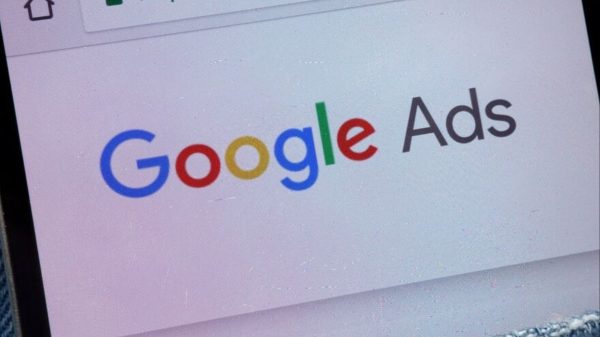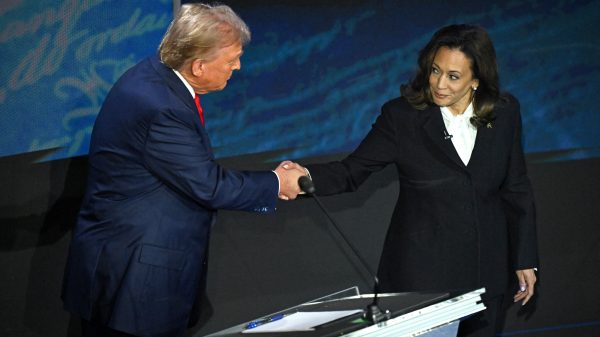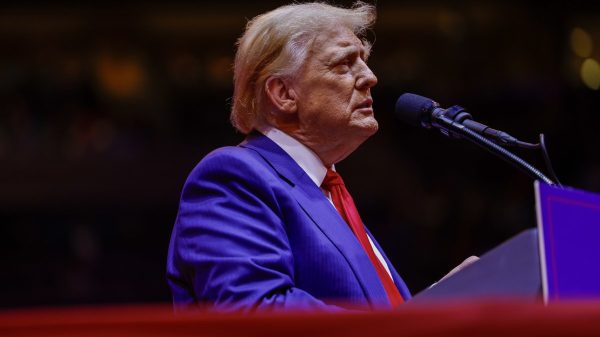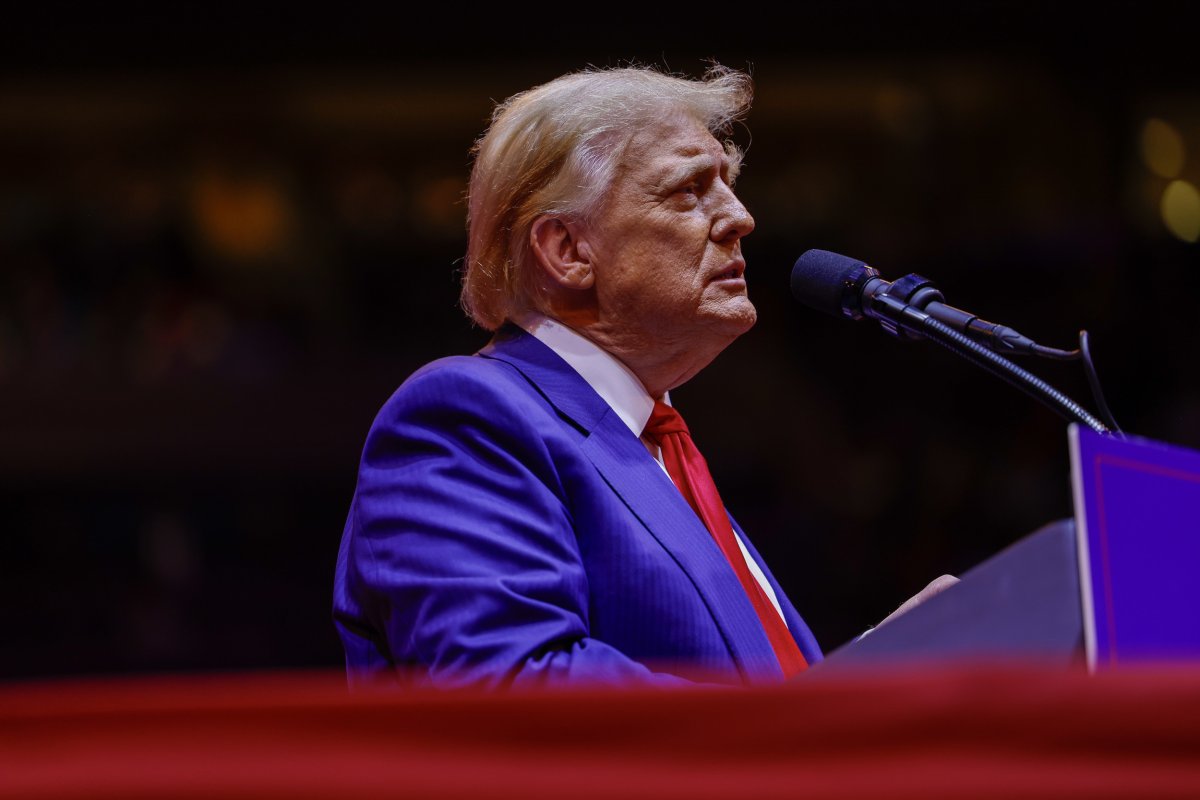As Election Day draws near, the fierce advertising battle between Vice President Kamala Harris and former President Donald Trump becomes increasingly apparent, especially in swing states. According to new data from ad-tracking firm AdImpact, presidential campaigns have spent a staggering $2.6 billion on advertisements from Super Tuesday through November 1.
This spending heavily favors Democrats, who invested $1.6 billion compared to the Republicans’ $993 million. These figures include expenditures from official campaigns, victory funds, and joint party efforts. Notably, Republicans outspent Democrats by $6.9 million in the final week leading up to the election, marking one of the few instances where GOP spending has surpassed that of Democrats.
Campaign spending has been particularly focused on key swing states, with a total of $1.8 billion allocated since late July. Pennsylvania leads the pack with $264 million spent, followed by Michigan at $151 million, and Georgia, North Carolina, and Arizona also receiving significant investments.
Notably absent from the top spending states this election cycle is Florida, a crucial battleground in previous elections, which saw $240 million spent in 2020. This shift reflects an evolution in campaign strategies as candidates adjust to the changing demographics and voting priorities of various regions.
In a last-minute effort to boost voter turnout, the Democratic National Committee (DNC) launched the “I Will Vote” campaign, investing nearly $7 million in this initiative. The campaign includes mobile billboards in battleground states and a digital platform that has attracted over a million daily visitors seeking polling information.
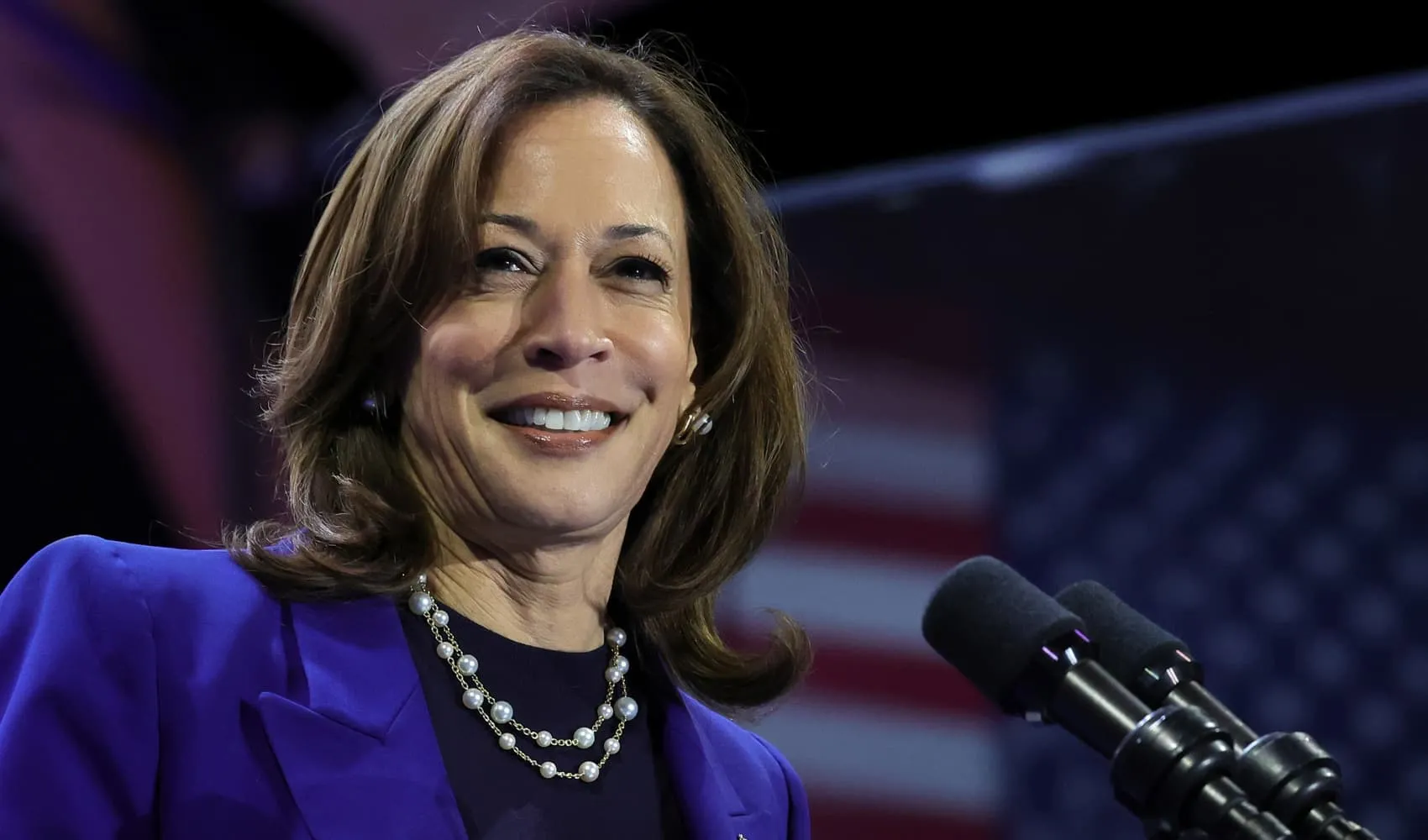
Kamala Harris
The DNC aims to engage diverse voter groups, including Black, Native American, LGBTQ+, and Latino communities, crafting tailored messages and creative content to resonate with each demographic. DNC Chair Jaime Harrison emphasized the party’s commitment to outreach, ensuring that no voter base is taken for granted throughout this election cycle.
While the Republican National Committee did not provide comments on their ad spending, political strategists from both parties have acknowledged the critical importance of this advertising push.
Adam Wise, a strategist with the Republican-aligned National Media agency, likened the intense advertising period to the rush of marketing a film release, highlighting the necessity of significant ad spending to reach undecided voters. This approach underscores the urgency for campaigns to maintain visibility in a crowded media environment as they approach Election Day.
The advertisements from both parties reveal distinct themes that align with their overall campaign strategies. Democratic ads have largely focused on taxation, abortion, and the character of Kamala Harris, while Republican messaging has prioritized immigration, inflation, and crime.
Political strategists emphasize the importance of hyper-targeted advertising, focusing on specific households rather than broader demographics to influence undecided voters effectively. As the campaigns respond to polling data and voter behavior, the differences in their approaches become clear: Harris’s campaign appears to adopt an offensive strategy aimed at a wide range of voters, whereas Trump’s focus remains on energizing his established base to ensure their turnout at the polls.







